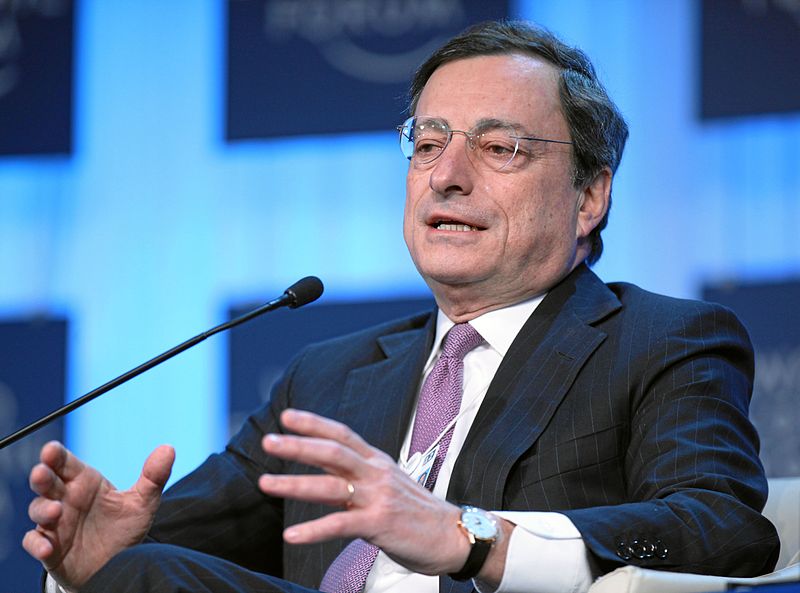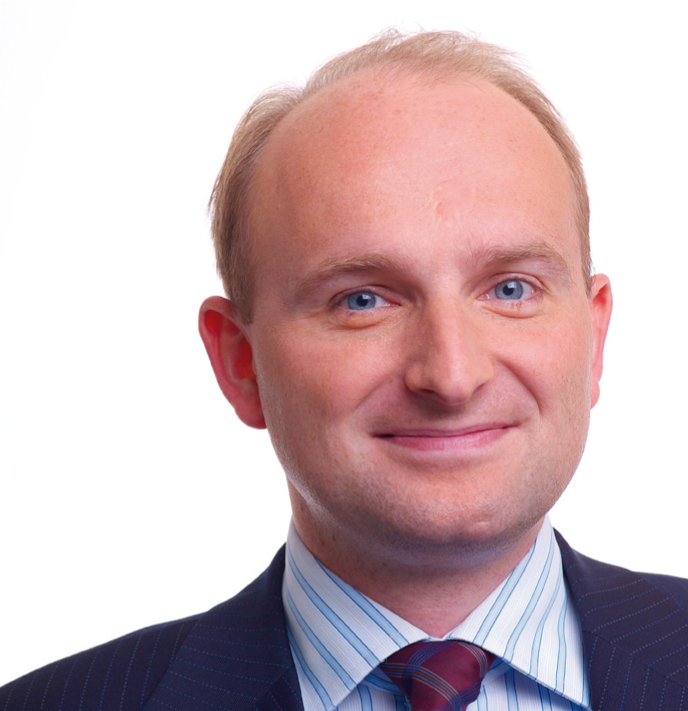The ECB’s options are limited, barring a serious economic shock that could come from an escalation of the Ukraine crisis, Léon Cornelissen, Chief Economist at Robeco, advises investors in his monthly outlook for March.
The central bank did not add to stimulus at its regular 6 March meeting, even though it had earlier raised expectations, tempting a third of analysts to predict a rate cut. This disappointed many investors who believe that drastic action is still needed to invigorate the sluggish Eurozone economy. There were even forecasts for a cut in the deposit rate to below zero, introducing negative savings rate in Europe for the first time since the 1970s.
“And so the ECB is on hold for all practical purposes and will continue to remain on hold, barring a severe negative economic shock,” says Cornelissen. “Could the Ukraine crisis be such a shock? Probably not – unless we see a serious military escalation.”
Three reasons for sitting on the fence
Cornelissen says there are three reasons why the ECB did not act: the threat of deflation has abated; the Eurozone economy is gaining strength; and the ECB doesn’t have much room for manoeuvre anyway with hitting the ‘nuclear option’ of unconventional stimulus.
The good news is that deflationary fears are waning as prices rose last month. Although headline inflation is still hovering within the ECB’s stated ‘danger zone’ of between zero and 1.0% and is far removed from its target rate of ‘close to 2.0%’, the flash estimate for February was a comfortable 0.8%, slightly higher than the 0.7% inflation rate for January.
“Headline Inflation seems to have bottomed out at around 0.9%-0.7% since October, despite all the talk about increasing deflationary risks. So deflation is not a problem and there was and is therefore no urgent need to act,” Cornelissen says.
Unusually mild winter helps
Secondly, the Eurozone economy is gradually gaining strength, partly helped by the unusually mild winter – a sharp contrast to the US, which has been battered by snowstorms. Retail sales rose a seasonally adjusted 1.8% in January compared to December. German factory orders rose 1.2% and French unemployment dropped.
“These developments allowed the ECB to raise its forecast for Eurozone GDP growth by 0.1% to 1.2% for 2014 – still too conservative in our opinion – and keep its 2015 forecast unchanged at 1.5%,” he says. “The Eurozone economy is mending slowly but surely, so the need for additional monetary stimulus is absent.”
Thirdly, the ECB’s room for manoeuvre has become very limited in terms of conventional monetary stimulus, he says. “Unconventional stimulus like a negative deposit rate, a new Long-Term Refinancing Operation (LTRO) with a fixed rate, or even generalized quantitative easing is possible, but they would be highly unpopular with German policymakers. These have to be considered as measures of the last resort, only to be used in conditions of severe stress.”
“The Eurozone economy is mending slowly but surely”
Main risk is China, though Ukraine is the new wild card
Such severe stress could come from an escalation of the crisis in Ukraine, where Russia has sent troops to Crimea, much to the anger of the west. Cornelissen says sanctions that are being imposed by the US and EU could damage the Russian economy and inflame tensions further.
“Russia accounts for a third of EU gas supply, but at the end of this mild winter, Europe can live easily without Russian supply,” he says. “On the other hand, Russian exports to the EU are worth 15% of Russian GDP. Capital flight and the higher interest rates needed to support the ruble will damage the already weakening Russian economy. Russia can ill afford an escalating crisis.”
“So in the meantime, it’s wait-and-see for the ECB.”
He says the real threat remains a slowdown in China along with the credit bubble which caused the first corporate default last month.
“Uncertainties remain elevated, following the first onshore corporate default,” he says. “The worry about China is less a question about lacking ambition – Chinese leaders have reiterated the 7.5% growth target for 2014 – but more about the government’s ability to do the tricky balancing act of preventing a hard landing while deflating the credit bubble.”



 For Elena Santiso
For Elena Santiso
 For Fórmate a Fondo
For Fórmate a Fondo